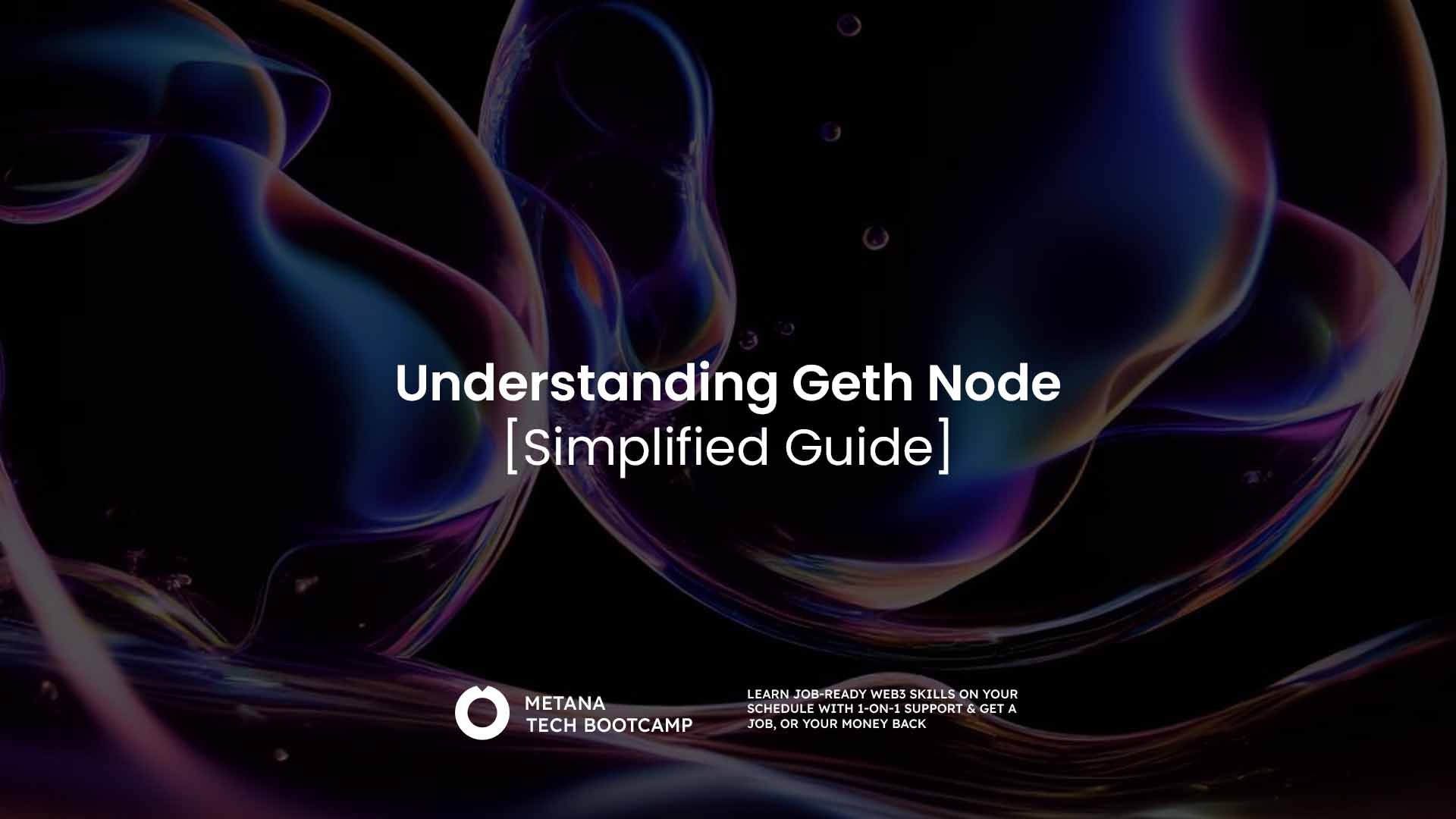
Understanding Geth Node: A Complete Guide to Ethereum Client Installation

Colorful bubbles against dark background
Geth (Go Ethereum) is the official Go implementation of the Ethereum protocol and one of the most popular Ethereum clients. It enables users to run a full Ethereum node, interact with the blockchain, and participate in network consensus.
A Geth node downloads and verifies every block and transaction since Ethereum's genesis block. It stores this data locally and keeps it synchronized with the network, making it a crucial component of the Ethereum ecosystem.
Key Functions of Geth:
- Running a full Ethereum node
- Mining Ether (ETH)
- Creating and deploying smart contracts
- Transferring tokens
- Exploring block history
- Interacting with the Ethereum network
Types of Geth Nodes:
- Full Node: Stores the complete blockchain data
- Light Node: Only processes block headers, ideal for devices with limited resources
- Archive Node: Maintains historical states, requiring significant storage space
Benefits of Running a Geth Node:
- Enhanced privacy and security
- Direct network access without intermediaries
- Support for network decentralization
- Ability to validate transactions independently
- Complete control over your Ethereum interactions
Getting started with Geth requires:
- Sufficient storage space (minimum 500GB for full node)
- Stable internet connection
- Basic command-line knowledge
- Understanding of Ethereum fundamentals
Best Practices:
- Regular backups of node data
- Monitoring system resources
- Keeping Geth software updated
- Implementing security measures
- Using appropriate hardware specifications
Running a Geth node contributes to Ethereum's decentralization while providing direct blockchain access. Whether for development, mining, or network participation, understanding Geth is essential for engaging with the Ethereum ecosystem effectively.
